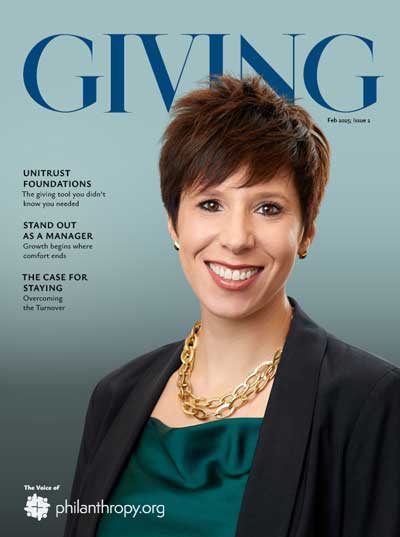
Mission-Driven Giving at Work: What Faith-Based Campaigns Can Teach the Philanthropy Sector
Faith-based fundraising offers powerful lessons for the broader philanthropy sector. By anchoring giving in mission, community, and shared values, these campaigns inspire deeper donor commitment. Their focus on storytelling, transparency, leadership participation, and consistent engagement creates a culture of generosity. As Millennials and Gen Z prioritize mission-driven giving, nonprofits that adopt these principles can strengthen donor relationships, increase participation, and build more resilient, purpose-driven communities.









